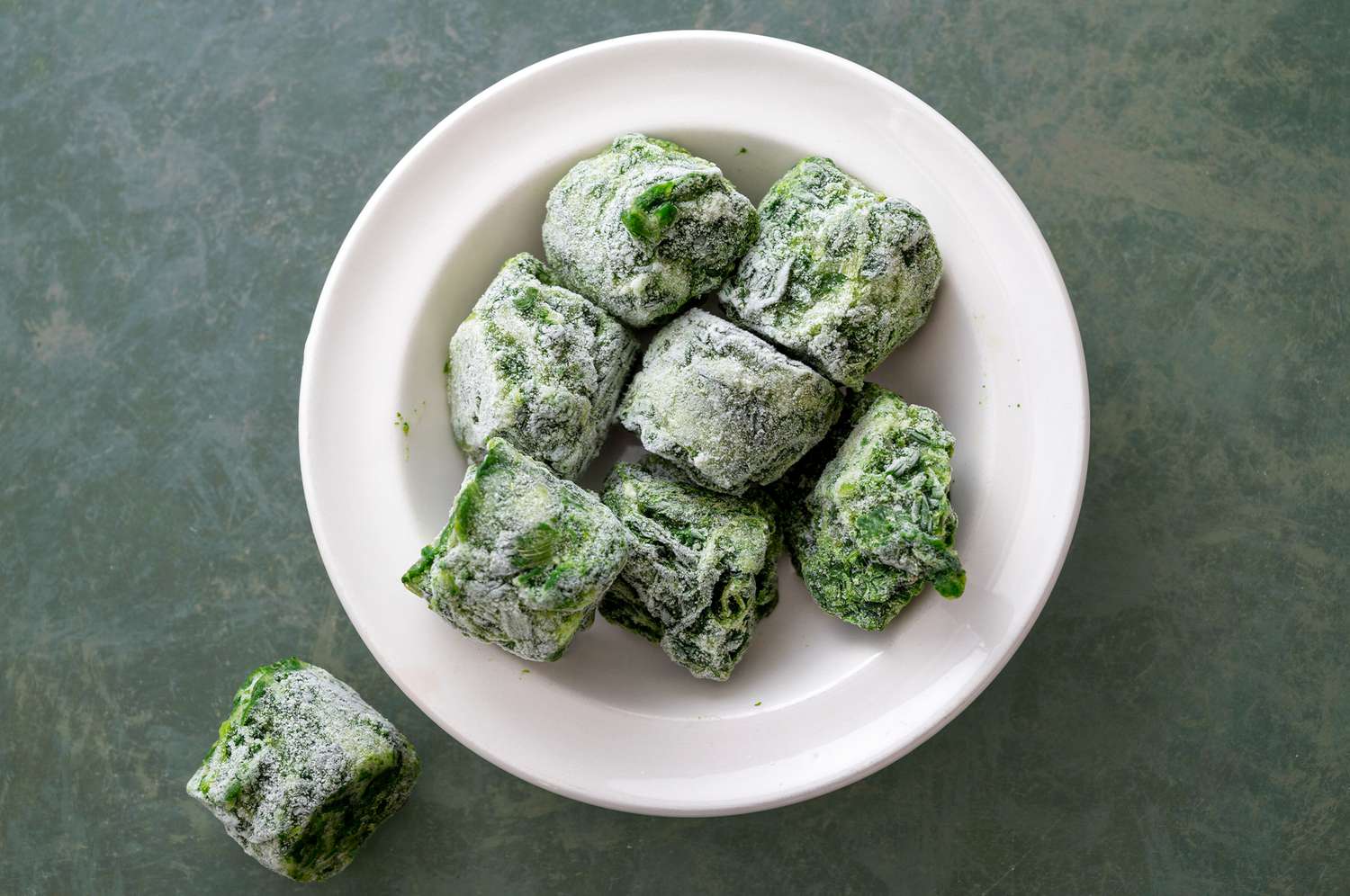

Articles
How Long Can Spinach Last In The Freezer
Modified: October 20, 2024
Discover the shelf life of frozen spinach and learn how long it can last in the freezer. Read more in our informative articles.
(Many of the links in this article redirect to a specific reviewed product. Your purchase of these products through affiliate links helps to generate commission for Storables.com, at no extra cost. Learn more)
How Long Can Spinach Last In The Freezer
When it comes to preserving the freshness and nutritional value of spinach, freezing can be an excellent option. Freezing spinach can extend its shelf life, allowing you to enjoy its health benefits even when it’s out of season. But how long can spinach last in the freezer? In this article, we will delve into the intricacies of freezing spinach and explore the factors that can affect its freezer shelf life.
Key Takeaways:
- Properly blanching and packaging spinach before freezing, along with setting the freezer temperature at 0°F (-18°C) or below, can extend its shelf life to 10-12 months, ensuring optimal flavor and quality for up to 6-8 months.
- Thaw frozen spinach in the refrigerator overnight, and use it in cooked dishes, smoothies, and baked goods. Be mindful of signs of spoilage, such as discoloration and foul odor, and enjoy the convenience and health benefits of frozen spinach.
Read more: How Long Can Shrimp Last In The Freezer
Understanding the Freezing Process
Freezing is a preservation method that involves lowering the temperature of food to inhibit the growth of spoilage-causing microorganisms. When spinach is frozen, the cold temperature halts the enzymatic activity that leads to spoilage, maintaining its quality for an extended period.
Factors Affecting Spinach’s Freezer Shelf Life
Several factors can impact how long spinach can last in the freezer:
- Packaging: The way you package spinach for freezing can make a difference. Using airtight containers or freezer bags helps in preventing the entry of moisture and air, which can lead to freezer burn and deterioration of quality.
- Freshness: Starting with fresh and high-quality spinach is crucial for achieving optimal freezer storage. Choose spinach that is vibrant in color, crisp, and free from any signs of wilting or decay.
- Preparation: Properly cleaning and blanching spinach before freezing is essential. Blanching helps to maintain its color, texture, and nutrient content while minimizing enzyme activity.
- Freezer Temperature: Setting your freezer temperature to 0°F (-18°C) or below is essential for ensuring the longevity of frozen spinach. Higher temperatures can compromise the quality and storage life of the spinach.
Proper Preparation and Storage Techniques
To maximize the freezer shelf life of spinach, follow these steps:
- Wash the spinach leaves thoroughly to remove any dirt or debris.
- Blanch the spinach by placing it in boiling water for a short period of time, usually around 2-3 minutes.
- Immediately transfer the blanched spinach into an ice bath to stop the cooking process.
- Drain the spinach well and pat it dry using a clean towel or paper towels.
- Divide the spinach into portion sizes that you are likely to use in recipes.
- Store the spinach in airtight containers or freezer bags, removing as much air as possible before sealing.
- Label the containers with the date of freezing to keep track of its freshness.
Introduction
Spinach, with its vibrant green leaves and nutrient-rich profile, is a versatile and popular vegetable in many households. However, its availability can be limited depending on the season. Freezing spinach is a practical solution to ensure a year-round supply of this nutritious green. By freezing spinach, you can preserve its freshness and ensure its availability whenever you need it.
Freezing spinach is a simple and effective method of extending its shelf life. When spinach is frozen, the cold temperature halts the enzymatic activity that causes spoilage, preserving its flavor, texture, and nutritional value. But how long can spinach last in the freezer? The freezer shelf life of spinach depends on several factors, including packaging, freshness, preparation, and freezer temperature.
In this article, we will explore the factors that can affect the freezer shelf life of spinach and provide you with proper preparation and storage techniques to maximize its lifespan. We will also discuss the recommended freezing times for spinach and share tips on how to identify signs of spoilage in frozen spinach.
Understanding the freezing process and the factors that impact how long spinach can last in the freezer will empower you to make informed decisions when it comes to storing and utilizing this nutritious green. By following the guidelines provided in this article, you can ensure that your frozen spinach remains fresh, flavorful, and nutrient-packed for an extended period.
So, if you’re curious about the freezer shelf life of spinach or want to discover the best practices for freezing and using frozen spinach, keep reading. Let’s dive into the fascinating world of preserving spinach and make the most out of this valuable vegetable!
Key Takeaways:
- Properly blanching and packaging spinach before freezing, along with setting the freezer temperature at 0°F (-18°C) or below, can extend its shelf life to 10-12 months, ensuring optimal flavor and quality for up to 6-8 months.
- Thaw frozen spinach in the refrigerator overnight, and use it in cooked dishes, smoothies, and baked goods. Be mindful of signs of spoilage, such as discoloration and foul odor, and enjoy the convenience and health benefits of frozen spinach.
Read more: How Long Can Shrimp Last In The Freezer
Understanding the Freezing Process
Freezing is a widely-used preservation method that involves lowering the temperature of food to inhibit the growth of microorganisms and slow down chemical reactions that cause spoilage. When it comes to freezing spinach, understanding the freezing process is crucial to ensure its quality and retain its nutritional value.
When spinach is frozen, the cold temperature causes the water within the spinach leaves to freeze. This process halts the enzymatic activity that leads to spoilage, maintaining the freshness and flavor of the spinach for an extended period.
During freezing, ice crystals form within the spinach leaves. These ice crystals can cause damage to the structure of the spinach cell walls, potentially affecting its texture. However, blanching spinach before freezing helps to minimize this damage. Blanching involves briefly immersing the spinach in boiling water, followed by immediate cooling in an ice bath to halt the cooking process. Blanching helps to preserve the color, texture, and nutrient content of the spinach, making it a recommended step before freezing.
It’s important to note that while freezing can preserve the quality of spinach, it does not completely stop the natural degradation process. Over time, even when frozen, spinach may still experience changes in texture and flavor. However, by following proper freezing and storage techniques, you can significantly extend the freezer shelf life of spinach and maintain its overall quality.
One key consideration during the freezing process is the packaging used. Airtight containers or freezer bags are ideal for packaging spinach as they prevent the entry of moisture and air, which can lead to freezer burn and deterioration of quality. Ensure that the packaging is sealed tightly, removing as much air as possible to maintain the spinach’s freshness.
When it comes to the freezing temperature, aim to set your freezer at 0°F (-18°C) or below. This low temperature ensures that the spinach remains frozen and helps to inhibit the growth of microorganisms that can cause spoilage.
By understanding the freezing process and implementing proper techniques, you can confidently freeze spinach and enjoy its nutritional benefits at your convenience. The next section will delve into the factors that can affect the freezer shelf life of spinach and provide you with essential tips for proper preparation and storage.
Factors Affecting Spinach’s Freezer Shelf Life
Several factors can affect how long spinach can last in the freezer. By considering these factors, you can maximize the freezer shelf life of spinach and ensure its quality when it’s time to use it.
Packaging: The way spinach is packaged for freezing plays a vital role in its freezer shelf life. Airtight containers or freezer bags are recommended to protect the spinach from exposure to moisture and air. Moisture can lead to ice crystal formation, which can affect the texture and quality of the spinach. Air can cause freezer burn, leading to dry and discolored patches on the surface of the spinach leaves. Therefore, it is important to use packaging that is tightly sealed to minimize the entry of both moisture and air.
Freshness: Starting with fresh and high-quality spinach is crucial for achieving optimal freezer storage. Choose spinach that is vibrant in color, crisp, and free from any signs of wilting or decay. If the spinach is already wilted or spoiled before freezing, it will not last as long in the freezer, and its quality will be compromised.
Preparation: Proper preparation before freezing is essential for maintaining the quality of spinach in the freezer. Start by washing the spinach leaves thoroughly to remove any dirt or debris. Blanching is another important step that helps retain the color, texture, and nutrient content of the spinach. Blanching involves briefly immersing the spinach in boiling water, followed by immediate cooling in an ice bath to stop the cooking process. Blanching also helps to inactivate enzymes that can cause changes in the spinach during freezing and storage.
Freezer Temperature: The temperature at which your freezer is set plays a significant role in the freezer shelf life of spinach. It is recommended to set your freezer at 0°F (-18°C) or below to maintain the spinach’s quality and prevent the growth of microorganisms that can cause spoilage. Higher temperatures can compromise the texture and overall quality of the spinach.
Freezing Times: The length of time spinach can last in the freezer can vary depending on how it was prepared and packaged. Generally, properly blanched and packaged spinach can last for up to 10 to 12 months in the freezer. However, for the best flavor and quality, it is recommended to consume frozen spinach within 6 to 8 months.
By considering these factors and following proper preparation and storage techniques, you can prolong the freezer shelf life of spinach and ensure that it remains fresh and flavorful when you’re ready to use it. The next section will provide you with essential tips for proper preparation and storage of frozen spinach.
Proper Preparation and Storage Techniques
To maximize the freezer shelf life of spinach, proper preparation and storage techniques are essential. Follow these steps to ensure that your frozen spinach retains its freshness and quality:
- Wash the spinach: Start by thoroughly washing the spinach leaves to remove any dirt, debris, or pesticides. Place the spinach in a colander and rinse it under cold running water. Gently pat the leaves dry with a clean towel or use a salad spinner to remove excess moisture.
- Blanch the spinach: Blanching is a crucial step in preparing spinach for freezing. Bring a large pot of water to a rolling boil and carefully add the spinach. Let it cook for about 2 to 3 minutes, until the leaves wilt. Immediately transfer the spinach to an ice bath to halt the cooking process and preserve its vibrant green color. Once cooled, drain the spinach well using a colander.
- Portion and package: Divide the blanched spinach into portion sizes that you are likely to use in recipes. This will help minimize waste and make it easier to defrost only the amount you need. Place the spinach in airtight containers or freezer bags, ensuring that they are labeled and dated. Remove as much air as possible from the packaging to prevent freezer burn.
- Freeze promptly: Once the spinach is packaged, place it in the freezer as soon as possible. The quicker the freezing process, the better the quality of the frozen spinach. Avoid overcrowding the freezer to allow for proper air circulation.
- Keep track of dates: Properly label the containers or freezer bags with the date of freezing. This will help you keep track of the spinach’s freshness and use it within the recommended time frame.
- Store at the right temperature: Set your freezer temperature at 0°F (-18°C) or below to maintain the quality of the frozen spinach. Avoid temperature fluctuations by keeping the freezer closed as much as possible.
By following these steps, you can ensure that your frozen spinach remains fresh and flavorful for an extended period. Proper preparation and storage techniques help retain the spinach’s nutritional value and prevent the growth of harmful microorganisms. Now that you know the proper techniques for freezing spinach, let’s explore the recommended freezing times for optimal storage of this vibrant green.
Recommended Freezing Times for Spinach
When it comes to freezing spinach, it is important to consider the recommended freezing times to ensure that it retains its flavor, texture, and nutritional value. While spinach can last in the freezer for an extended period, it is best to consume it within a certain timeframe for optimal quality.
For optimal results, blanched spinach should be frozen as soon as possible after the blanching process. The recommended freezing times for spinach are as follows:
- Spinach Leaves: Spinach leaves can be frozen for up to 10 to 12 months. However, for the best flavor and quality, it is recommended to consume frozen spinach leaves within 6 to 8 months.
- Spinach Puree: If you prefer to puree spinach before freezing, it can be stored in the freezer for up to 4 to 6 months. Be sure to package the spinach puree in airtight containers or freezer bags to maintain its freshness.
- Chopped or Cooked Spinach: If you have already chopped or cooked the spinach, it can be stored in the freezer for up to 3 to 4 months. Again, proper packaging is crucial to prevent freezer burn and maintain the quality of the spinach.
It is important to note that while spinach can last up to these recommended freezing times, its quality may gradually deteriorate over time. Therefore, it is advisable to consume the frozen spinach within the suggested time frames to ensure optimal flavor and texture.
To defrost frozen spinach, simply remove the desired amount from the freezer and let it thaw in the refrigerator overnight. Avoid thawing spinach at room temperature to prevent the growth of harmful bacteria. Once thawed, use the spinach in your favorite recipes as you would with fresh spinach.
By following the recommended freezing times and proper thawing methods, you can enjoy the convenience of year-round spinach while still savoring its taste and nutritional benefits. However, it is essential to be aware of the signs of spoilage in frozen spinach. Let’s explore some telltale signs that may indicate the spinach has gone bad.
Read more: How Long Can Chocolate Last In The Freezer
Signs of Spoilage in Frozen Spinach
While freezing can help preserve the freshness and quality of spinach, it is important to be aware of the signs of spoilage in frozen spinach. Here are some telltale signs that indicate the spinach may have gone bad:
- Discoloration: If you notice any significant changes in color, such as darkening or browning of the spinach leaves, it may indicate spoilage. The vibrant green color of fresh spinach should be maintained even after freezing.
- Foul Odor: A strong, unpleasant smell coming from the frozen spinach is a clear indication of spoilage. Fresh spinach should have a mild, earthy aroma, so any foul or off-putting odors suggest that the spinach has gone bad.
- Freezer Burn: Freezer burn occurs when the frozen spinach is exposed to air, leading to dehydration and the formation of dry, discolored patches on the surface of the leaves. If you notice freezer burn on the spinach, it is best to discard it, as it can negatively impact the taste and texture.
- Texture Changes: Frozen spinach should retain its natural texture after thawing. If you notice excessive mushiness, sliminess, or a change in texture, it may indicate spoilage. Fresh spinach has a crisp and tender texture, so any deviations from that indicate that the spinach is no longer good.
- Mold or Ice Crystals: If you observe the growth of mold or a significant amount of ice crystals on the frozen spinach, it is a sign of contamination. Mold growth can pose health risks, so it’s important to discard the spinach if you notice any evidence of mold. Ice crystals can indicate improper packaging, which may have caused the spinach to lose its quality.
It is crucial to inspect the frozen spinach thoroughly before using it. If you notice any of the above signs of spoilage, it is best to err on the side of caution and discard the spinach to avoid the risk of foodborne illnesses.
By being vigilant and attentive to these signs of spoilage, you can ensure that the frozen spinach you use is of the highest quality and retains its nutritional value. Now that you are aware of the signs of spoilage, let’s explore some tips for using frozen spinach effectively!
Tips for Using Frozen Spinach
Using frozen spinach can be a convenient and versatile way to incorporate this nutritious green into your meals. Whether you have frozen spinach from your garden or store-bought packages, here are some helpful tips for making the most out of your frozen spinach:
- Thawing: Thaw frozen spinach in the refrigerator overnight or use the defrost setting on your microwave. Avoid thawing spinach at room temperature to prevent the growth of harmful bacteria. Once thawed, gently squeeze out any excess moisture before using it in recipes.
- Cooking Methods: Frozen spinach works well in cooked dishes such as soups, stews, casseroles, and sauces. It is not necessary to thaw the spinach completely before adding it to your recipes, as the heat will quickly thaw and heat it. Add frozen spinach directly to your dishes and adjust the cooking time as needed.
- Smoothies and Juices: Frozen spinach can be a nutritious addition to smoothies and juices. Simply blend it with your favorite fruits, vegetables, and liquid of choice for a healthy and vibrant green smoothie.
- Sautéing and Stir-Frying: For a quick and nutritious side dish or ingredient for stir-fries, sauté frozen spinach with some olive oil, garlic, and spices. The heat will help thaw the spinach while adding flavor to your dish.
- Baking: Frozen spinach can be used in baked dishes such as quiches, frittatas, and stuffed pastries. Thaw the spinach beforehand and squeeze out the excess moisture to prevent your dish from becoming watery.
- Combining with Other Ingredients: Frozen spinach pairs well with other ingredients like cheese, tomatoes, garlic, onions, and various herbs and spices. Get creative and experiment with different flavor combinations to enhance your dishes.
- Portion Control: If your frozen spinach is packaged in large quantities, portion it out into smaller containers or freezer bags before freezing. This way, you can easily take out only the amount you need for your recipes, minimizing waste and ensuring the rest stays frozen and fresh.
- Labeling: Properly label your frozen spinach with the date of freezing. This will help you keep track of its freshness and use it within the recommended time frame.
Remember, frozen spinach does have a slightly different texture compared to fresh spinach. However, it still retains its nutritional value and can be a convenient addition to your meals. By following these tips, you can enjoy the benefits of frozen spinach and add a nutritious twist to a variety of recipes.
Now that you are equipped with knowledge on freezing, storing, and using spinach, you can confidently incorporate this nutrient-packed vegetable into your culinary endeavors. Enjoy the convenience and versatility of frozen spinach while reaping its health benefits!
Do you have more questions or need further assistance? Feel free to ask!
Conclusion
Freezing spinach is an excellent way to extend its shelf life and ensure that you have a supply of this nutritious green on hand whenever you need it. By understanding the freezing process and following proper preparation and storage techniques, you can maintain the quality, flavor, and nutritional value of frozen spinach.
Factors such as packaging, freshness, preparation, and freezer temperature play a crucial role in determining how long spinach can last in the freezer. By using airtight containers or freezer bags, starting with fresh spinach, properly blanching it, and setting your freezer temperature at 0°F or below, you can maximize the freezer shelf life of spinach and prevent spoilage.
It is recommended to thaw frozen spinach in the refrigerator overnight or use the defrost setting on your microwave. Use frozen spinach in cooked dishes, such as soups, stews, and stir-fries, as well as smoothies and baked goods. Pay attention to any signs of spoilage, including discoloration, foul odor, freezer burn, texture changes, and the presence of mold or ice crystals.
By being aware of these signs, you can ensure that the spinach you use is safe and of the highest quality. Additionally, portioning the spinach before freezing and properly labeling the packages with the date of freezing will help you keep track of its freshness and use it within the recommended time frame.
Now that you have a comprehensive understanding of freezing spinach, how to properly prepare and store it, and how to use it in various recipes, you can confidently incorporate frozen spinach into your meals. Enjoy the convenience, versatility, and health benefits that frozen spinach provides!
If you have any further questions or need more information, don’t hesitate to ask. Happy freezing!
Frequently Asked Questions about How Long Can Spinach Last In The Freezer
Was this page helpful?
At Storables.com, we guarantee accurate and reliable information. Our content, validated by Expert Board Contributors, is crafted following stringent Editorial Policies. We're committed to providing you with well-researched, expert-backed insights for all your informational needs.

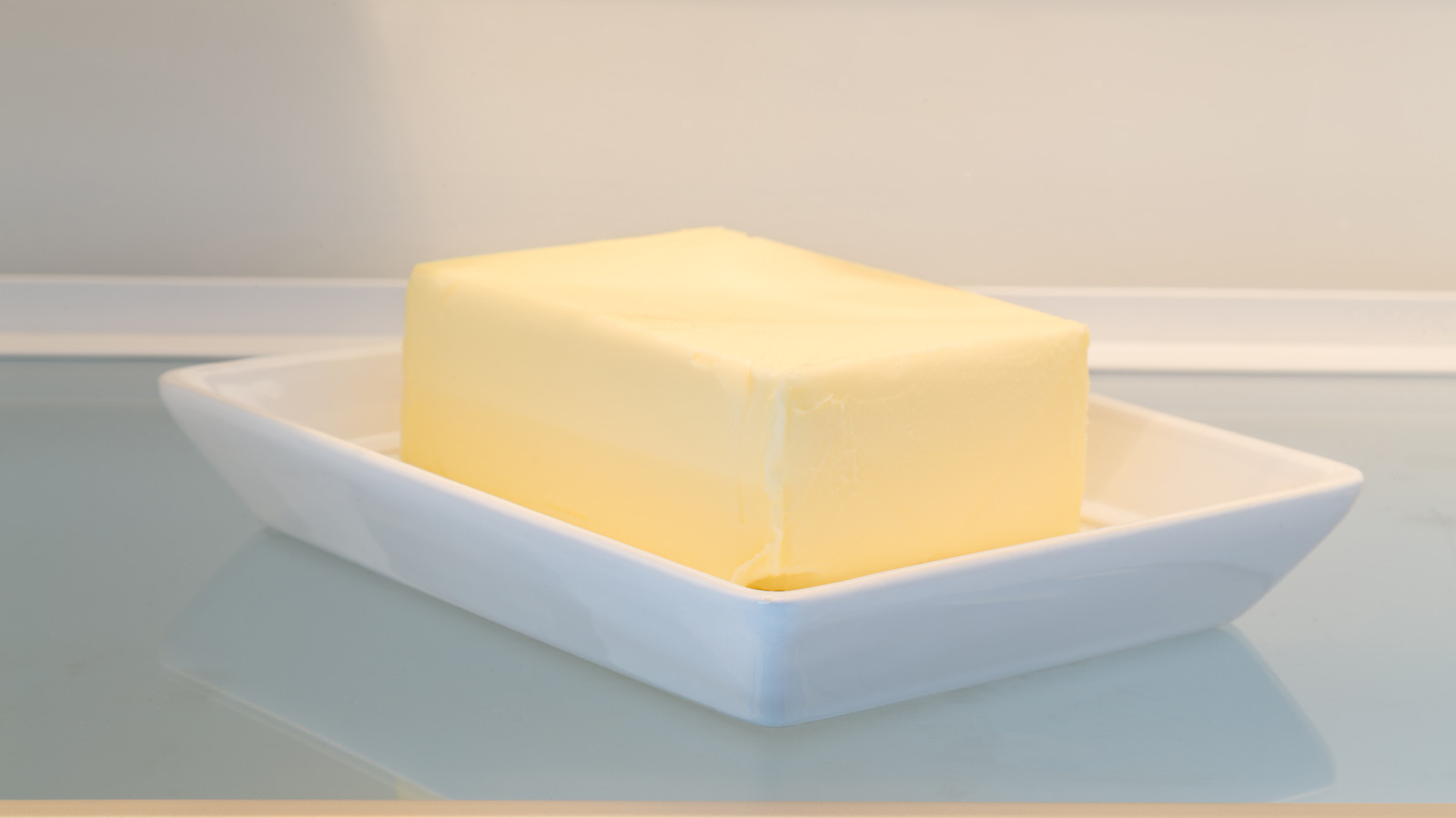
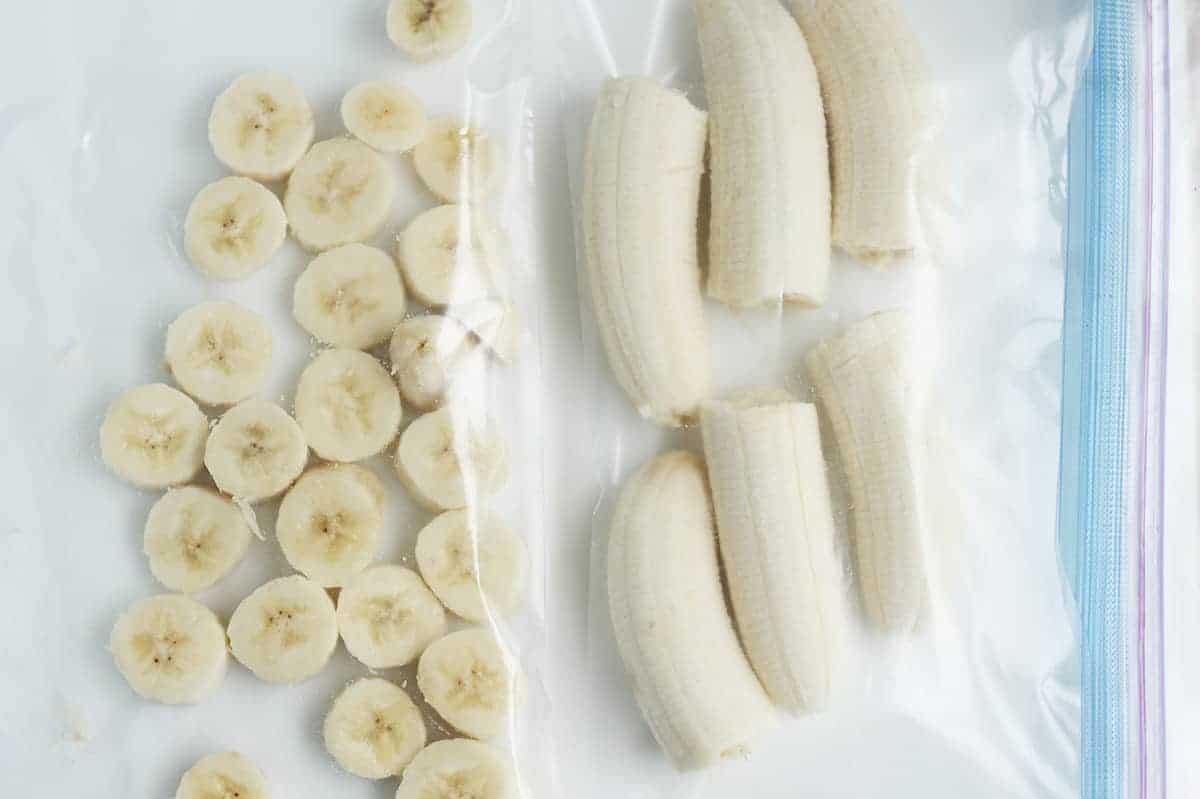
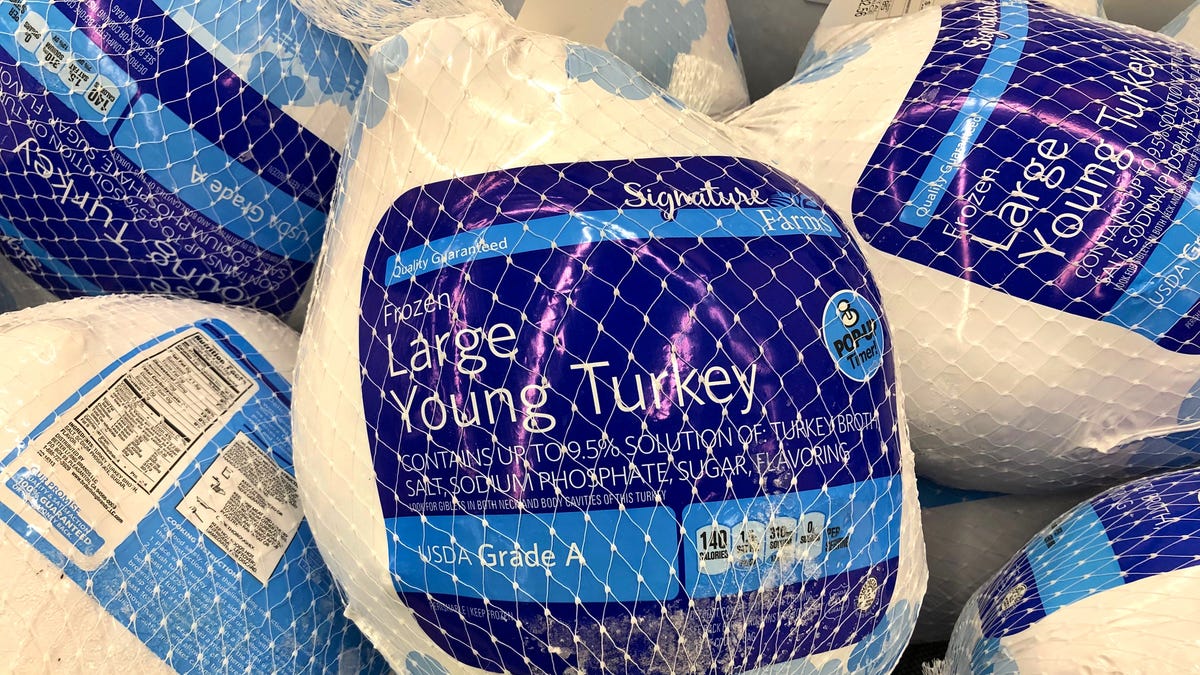
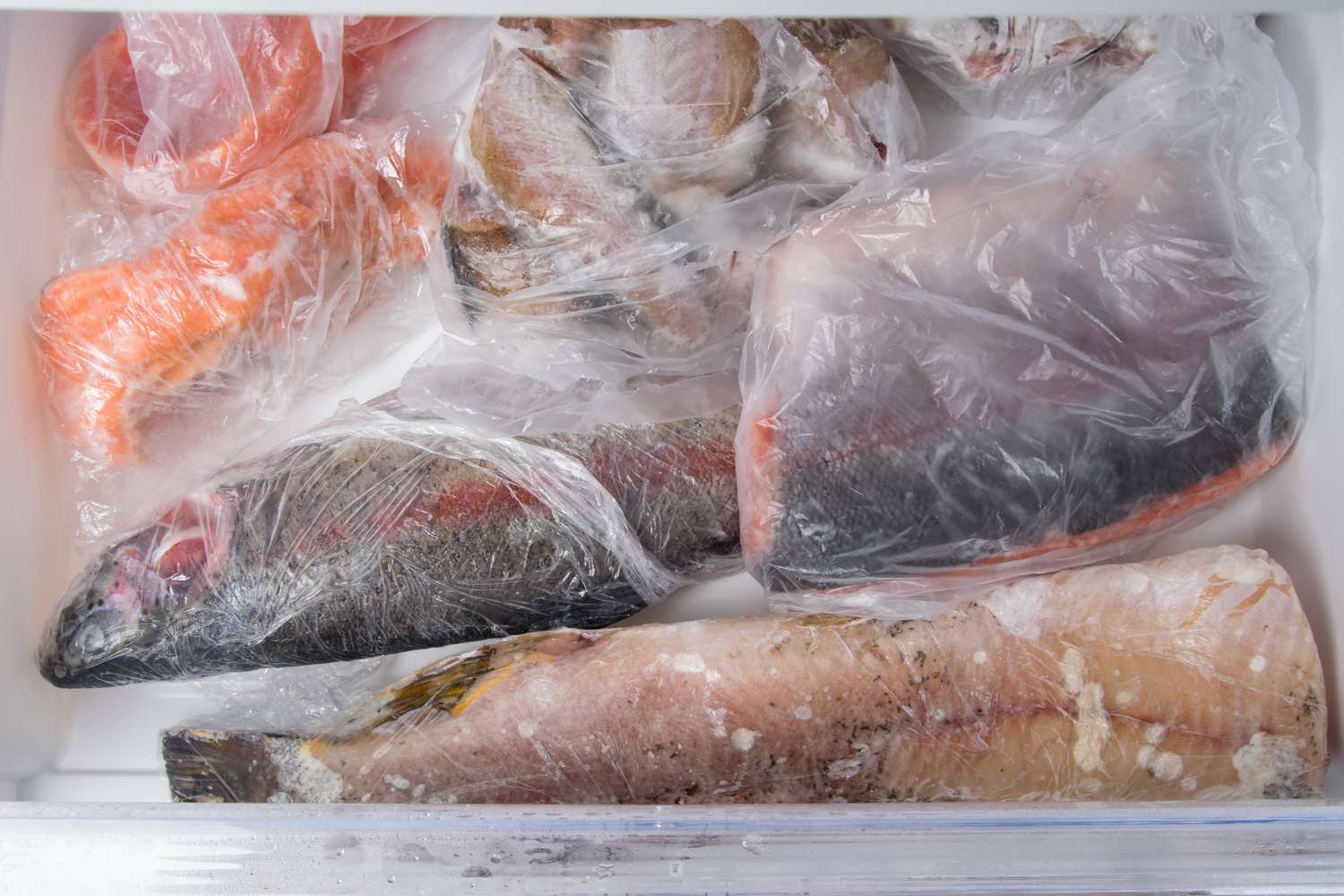

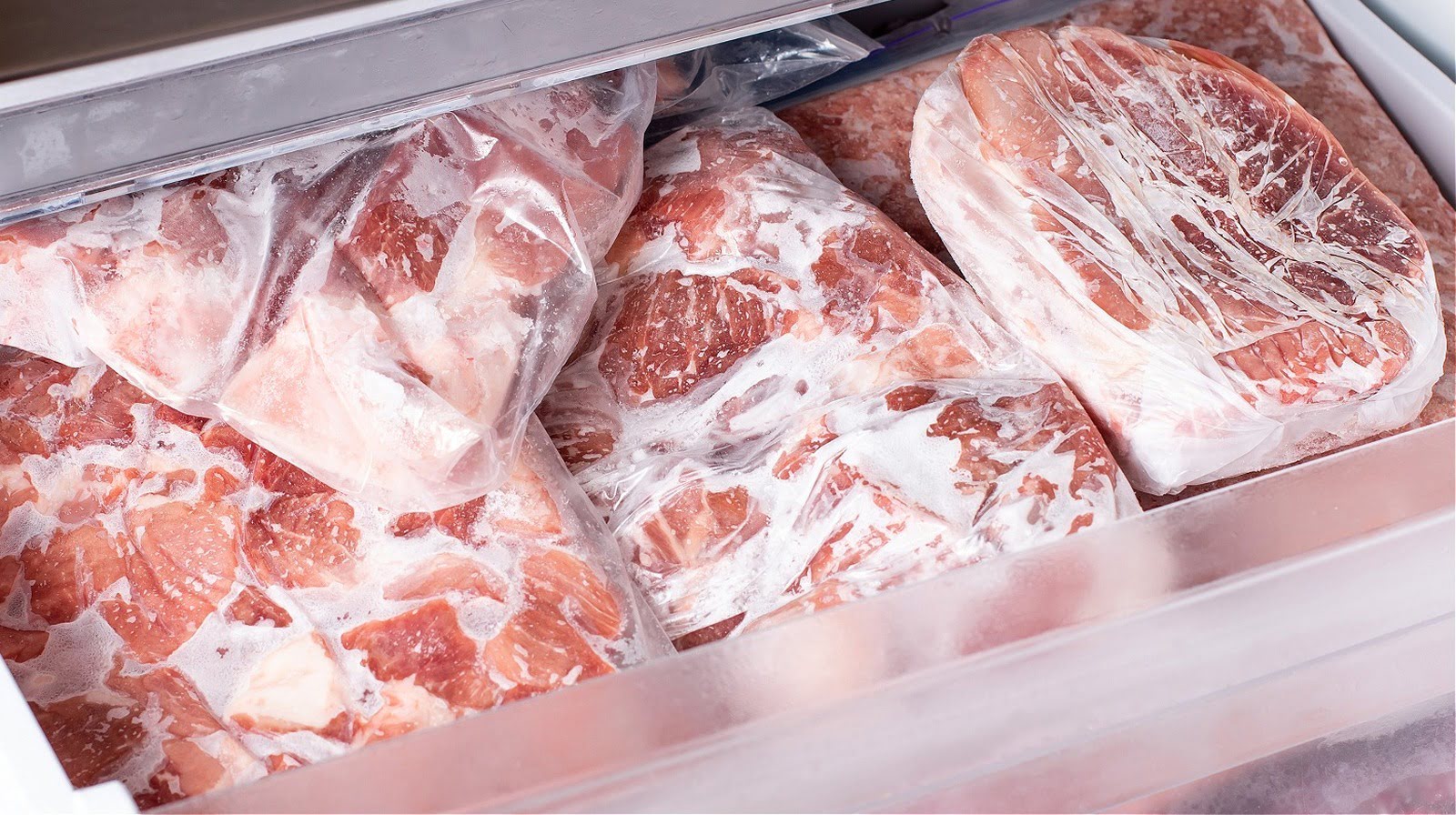



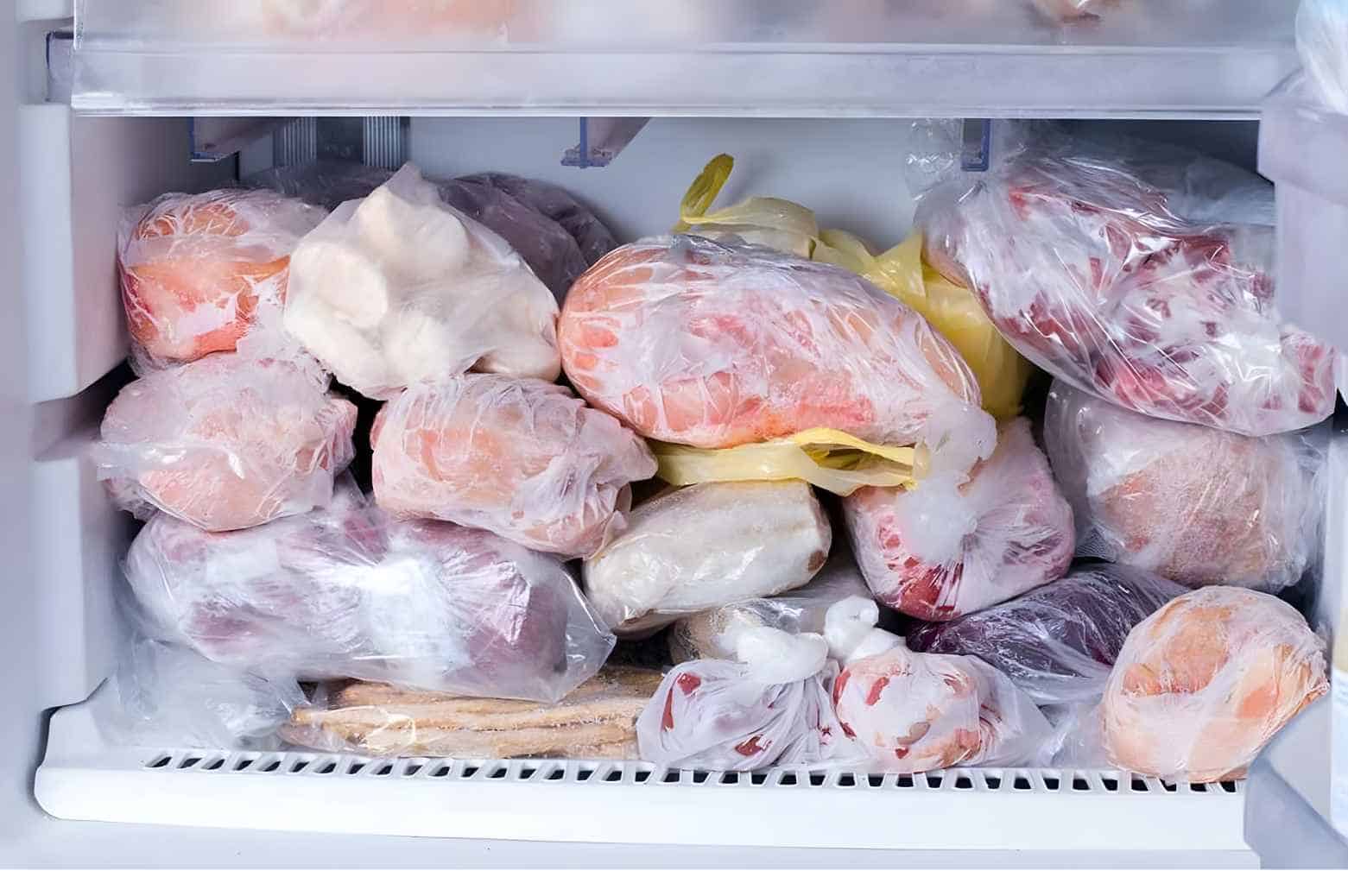

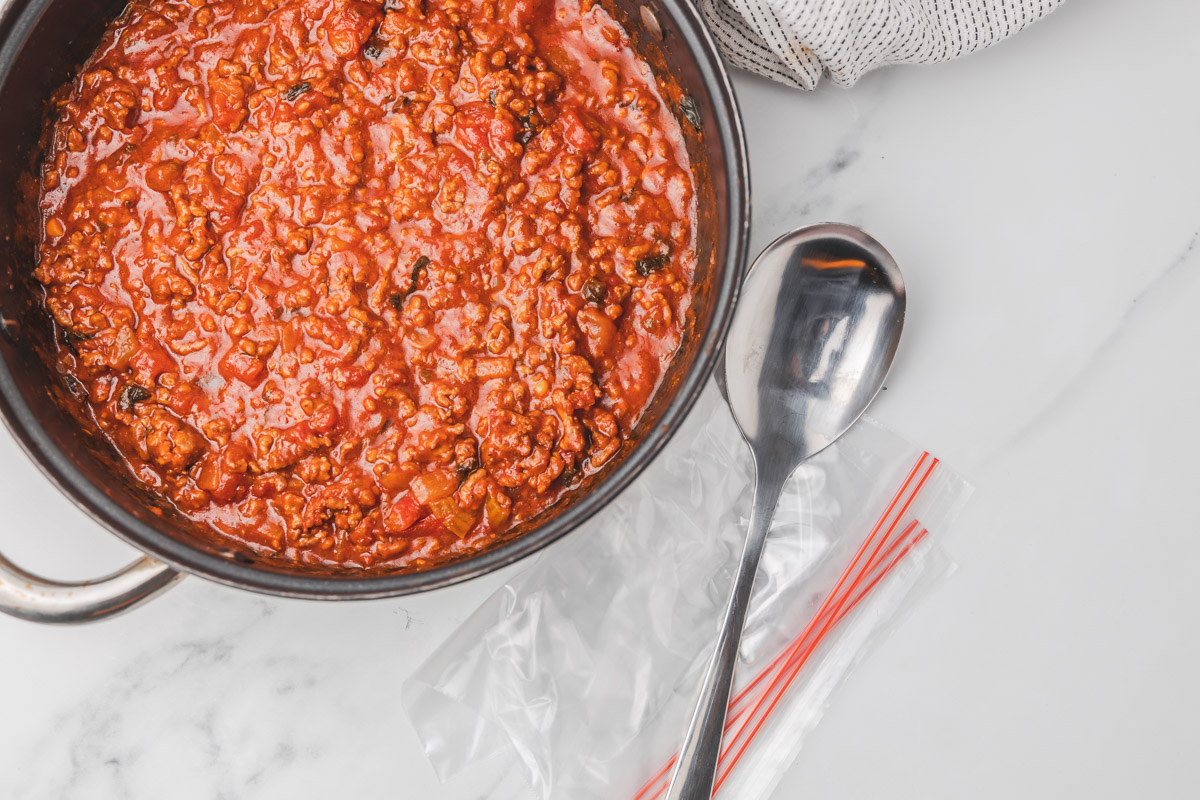

0 thoughts on “How Long Can Spinach Last In The Freezer”